- Home
- slideshows
- miscellaneous
- THEN AND NOW: Here are all the ways being a public-school teacher has changed in the last 50 years
THEN AND NOW: Here are all the ways being a public-school teacher has changed in the last 50 years
The late 1960s and early 1970s were defined by waves of teacher-led protests and strikes. Teachers in urban areas like Chicago and San Francisco called for better wages, smaller class sizes, and better benefits.

Teacher unions helped lead the push toward collective-bargaining agreements for teachers. By the late 1970s, 72% of public-school teachers had collective-bargaining agreements, and union membership soared.
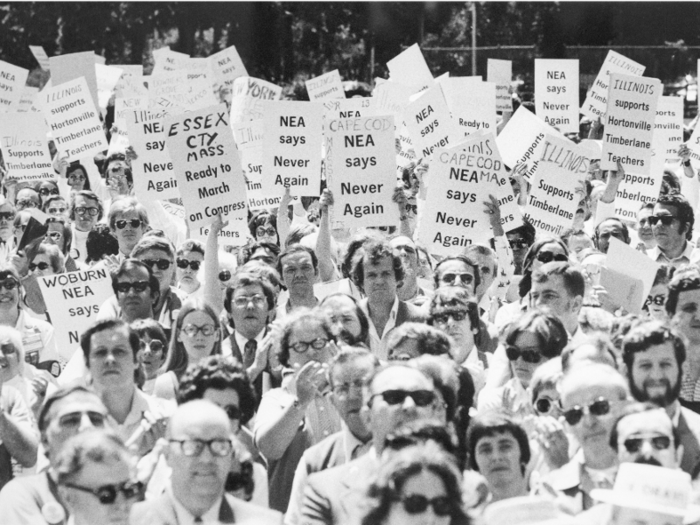
Source: TIME
Not everyone befitted from union membership. In 1968, white teachers in New York City went on strike after being dismissed from teaching at a majority black and Latino school. The strike flamed race-related tension between union leaders, who took the side of the white teachers, and teachers from communities of color.
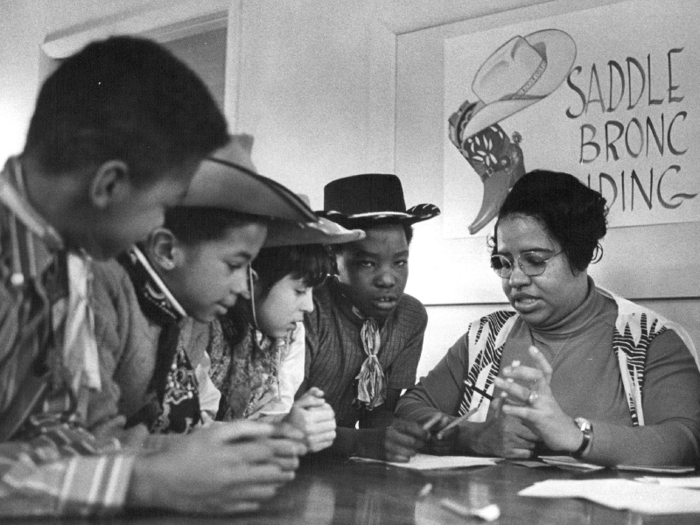
Nearly 60,000 teachers went on strike in September and November 1968, resulting in a loss of one-fifth of the school year's instructional time, and impacting 1 million children.
Source: The Nation
The late 1970s is also when the number of female teachers began to increase. Women made up two in three teachers as of 1981. Today, they make up 76% of the teacher population, which has grown from 2.5 million to about 4.5 million since the '80s.
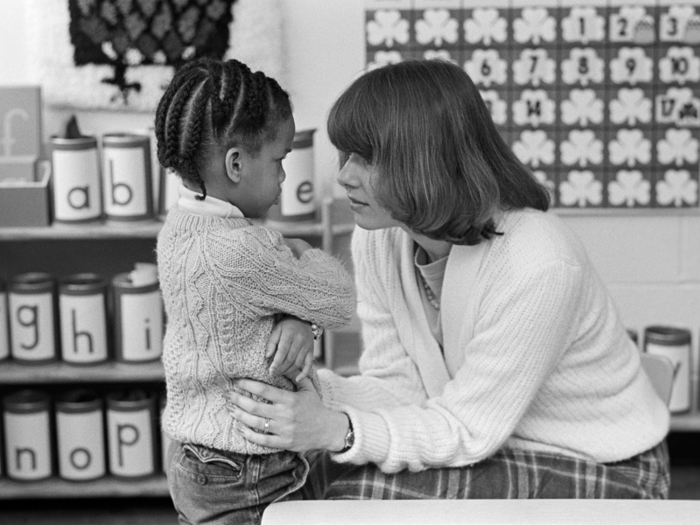
Source: The Atlantic
In 1983, President Ronald Reagan's administration released the "A Nation at Risk" report, which condemned American public schools for failing to keep students competitive with those in foreign countries.

Before Reagan's report, teachers had autonomy to decide their curriculum and how they wanted to conduct the classroom. The "A Nation at Risk" report, however, led to a movement to standardize teaching across the country.

Schools adopted academic standards, and the National Board for Professional Teaching Standards was established in 1987.

Even today, teachers follow mandated curricula and predetermined lesson plans, and have little say in a school's budgetary and professional-development decisions.

Source: Harvard Business Review
The 1990s marks the introduction of new technologies into American classrooms.

Smart boards (interactive digital white boards) were introduced in 1991 by SMART Technologies. They began appearing in classrooms in the late '90s.
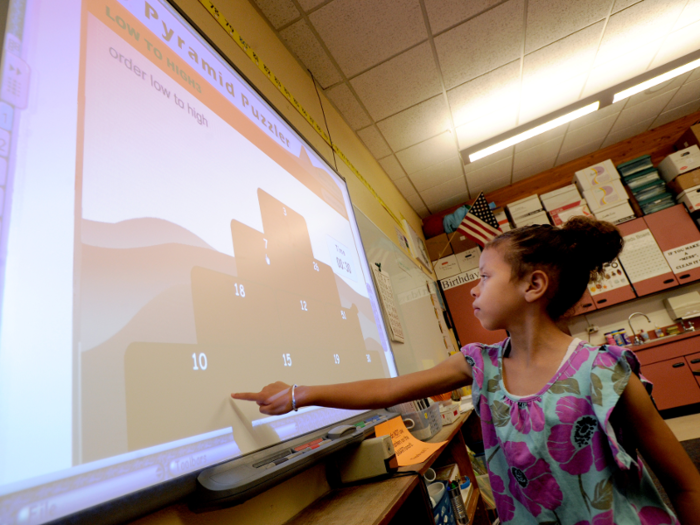
Source: Sutori
Teachers say technology has had "mostly positive" impacts on student research skills, but nearly 90% believe digital tools were leading to shorter attention spans in the classroom, according to a 2012 Pew survey.

Source: The New York Times
The 1990s is also when teacher wages began stagnating and the job became less lucrative than other careers that required a college degree.
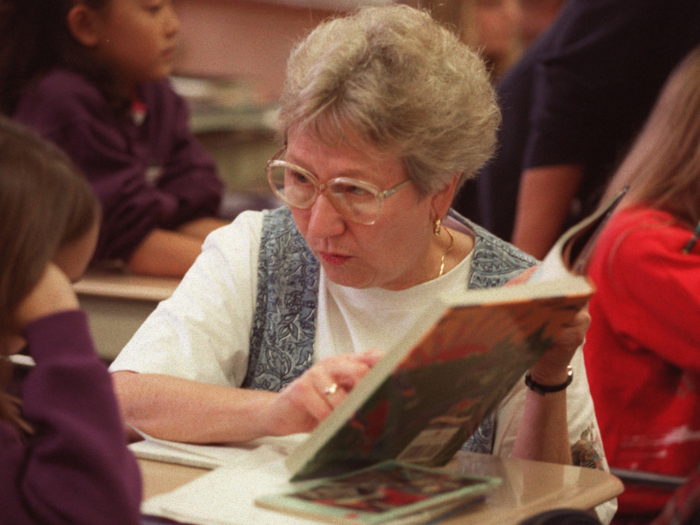
Source: TIME
In 1994, public school teachers earned about 1.8% less per week than workers in other professions that required a college degree.
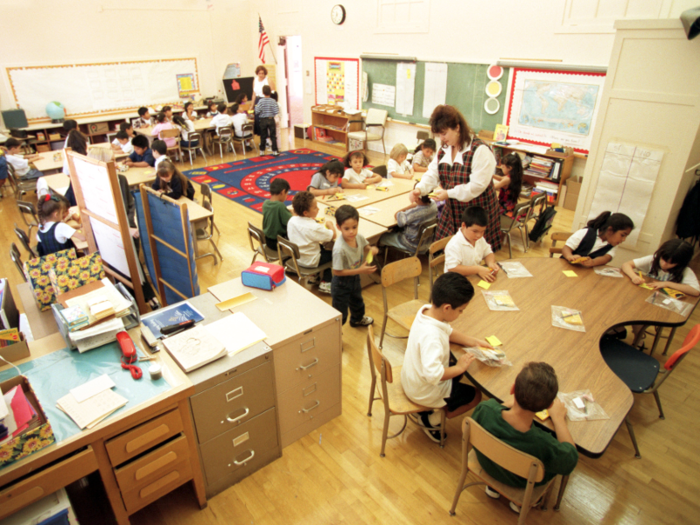
Source: TIME, The Economic Policy Institute
Today, the pay gap between teachers and comparable professions has widened to 18.7%. What's worse, teachers earn less on average in inflation-adjusted dollars than they did in 1990, according to the Department of Education.

Source: TIME
Many teachers today struggle financially. One in six teachers work multiple jobs to make ends meet, according to Pew Research Center.
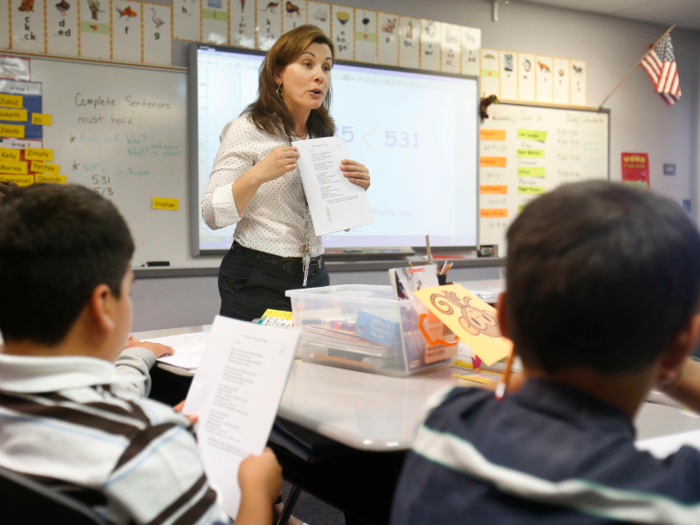
Source: Pew Research Center
The 2010s have been marked with declining government investment in K-12 education, resulting in larger class sizes and less resources for teachers.
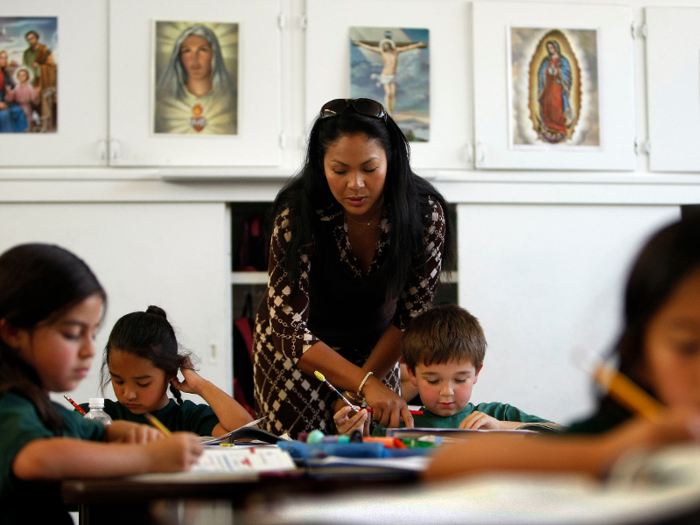
Source: Harvard Business Review, TIME
29 states provided less overall state funding per student in 2015 than they did in 2008, according to the Center on Budget and Policy Priorities.
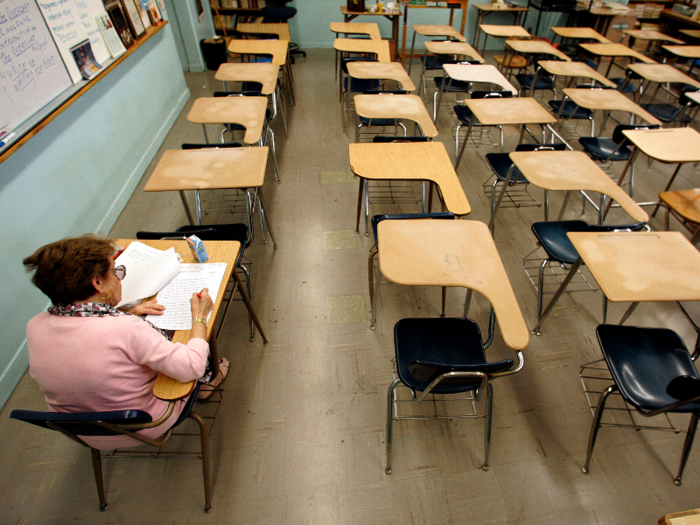
Source: CBPP
94% of teachers say they spend their own money on school supplies, according to a federal survey.

Source: The New York Times
Today's teachers also spend more time in the classroom than almost every other developed nation. As a result, 93% of teachers reported high stress levels in a 2017 survey. Only 7% of teachers self identified as “well-adjusted.”
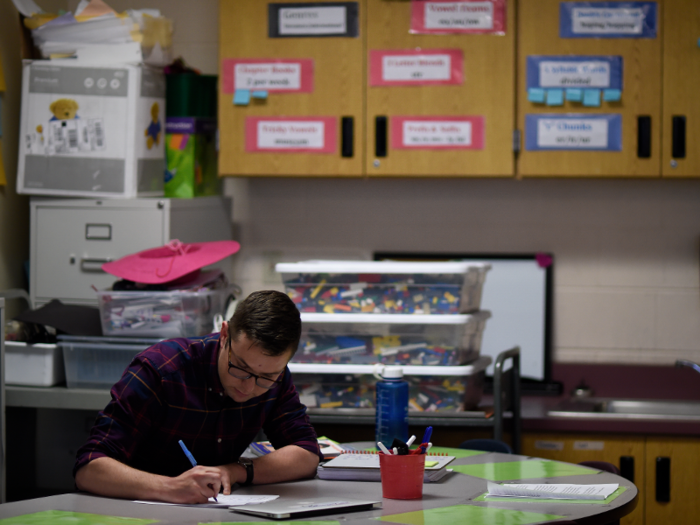
This decade gave way to a resurgence in activism. After educators in West Virginia walked out in April 2018, fellow teachers in other states followed suit to demand higher wages and increased K-12 spending.

Popular Right Now
Popular Keywords
Advertisement